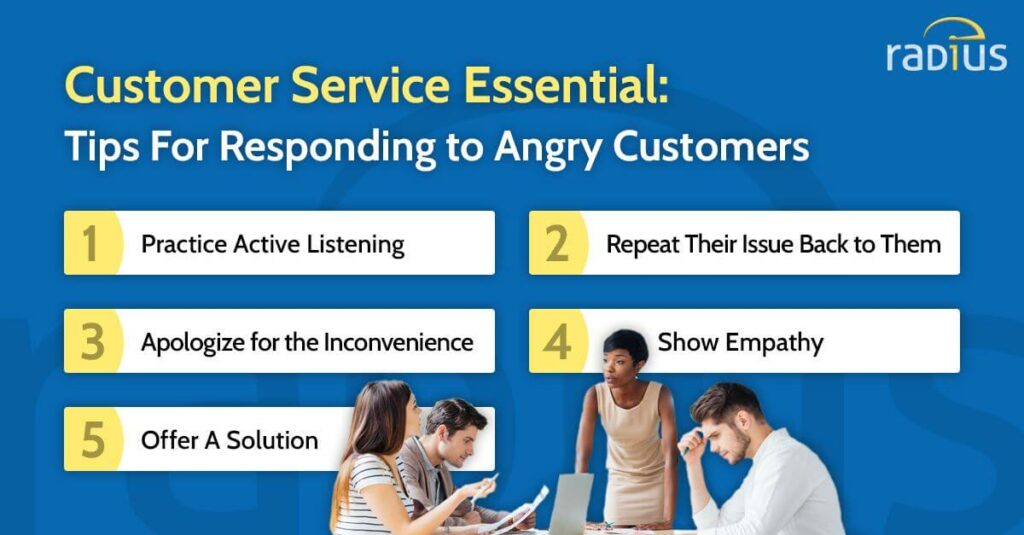How to Handle Employee Conflict


Conflict is an inevitable part of the human experience, and the workplace is no exception. As a manager or HR professional, it’s crucial to learn how to handle employee conflict effectively to maintain a positive work environment, encourage collaboration, and ultimately, drive success. In this comprehensive guide, we’ll explore the different types of conflict, common causes, and proven strategies for conflict resolution. By the end of this article, you’ll be equipped with the tools and knowledge needed to confidently navigate employee conflict and promote a culture of harmony and productivity.
Understanding the Types of Conflict:
Task Conflict: Disagreements about how work should be done or who should complete a task. b. Process Conflict: Disputes over the procedures or systems used to accomplish a task. c. Relationship Conflict: Personal disagreements arising from differences in personality, communication styles, or values.
Recognizing the Causes of Conflict: a. Poor Communication: Misunderstandings, misconceptions, and lack of clarity can fuel conflict. b. Incompatible Goals: Conflicting priorities or competing objectives can create tension. c. Limited Resources: Scarcity of resources such as time, money, or space can exacerbate conflicts. d. Differing Values or Beliefs: Disagreements on ethics, morals, or company culture can lead to conflict. e. Power Struggles: Competition for influence or authority can create animosity.
6 Steps to Effective Conflict Resolution:
- Acknowledge the Conflict: Encourage open and honest communication to address the issue head-on
- Identify the Root Cause: Dig deep to understand the underlying issues driving the conflict.
- Listen Actively: Give each party the opportunity to express their feelings and perspectives without interruption
- .Find Common Ground: Identify shared interests or goals that can serve as a foundation for collaboration.
- Brainstorm Solutions: Encourage creative problem-solving and explore multiple options.
- Agree on a Resolution: Reach a consensus on the best course of action and ensure all parties are committed to the solution.
Tips for Fostering a Positive Work Environment:
- Establish Clear Expectations by implementing the following:
- Set guidelines for behavior, communication, and collaboration to minimize misunderstandings
- Promote Open Communication: Encourage employees to voice their concerns, ideas, and feelings in a respectful manner.
- Build Trust: Cultivate strong relationships among team members through team-building exercises and regular check-ins.
- Offer Training and Development: Provide employees with the skills and resources needed to manage conflict effectively.
The Role of HR in Conflict Management:
- Serve as a mediator to help guide employees through the resolution process.
- Implement Policies and Procedures: Develop and enforce clear policies on conflict resolution, harassment, and discrimination
- Provide Training and Support: Offer workshops and resources to help employees build conflict resolution skills.
- Monitor and Evaluate: Keep track of conflicts and their resolutions to identify trends and areas for improvement.
Conclusion
Embracing Conflict as an Opportunity While conflict can be challenging, it also presents an opportunity for growth, learning, and positive change. By understanding the types and causes of conflict, and employing effective conflict resolution strategies, you can transform conflict into a catalyst.






Responses